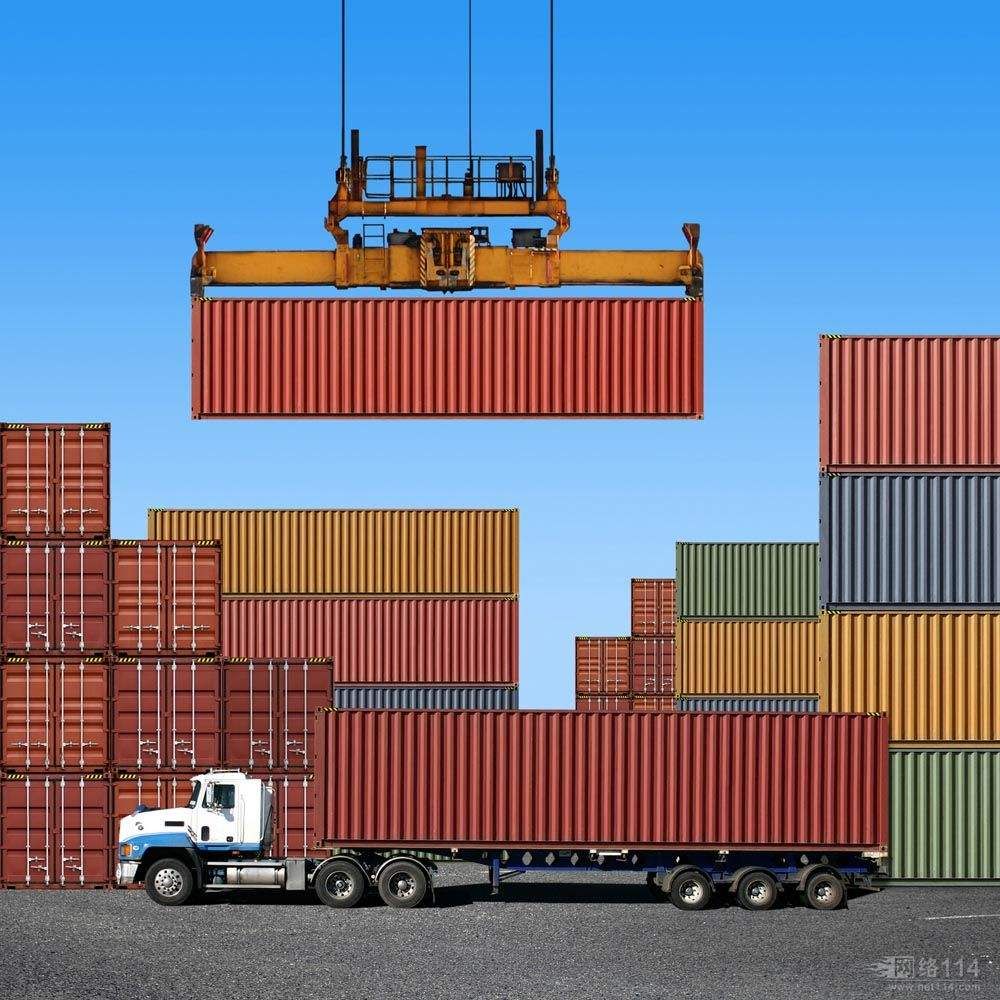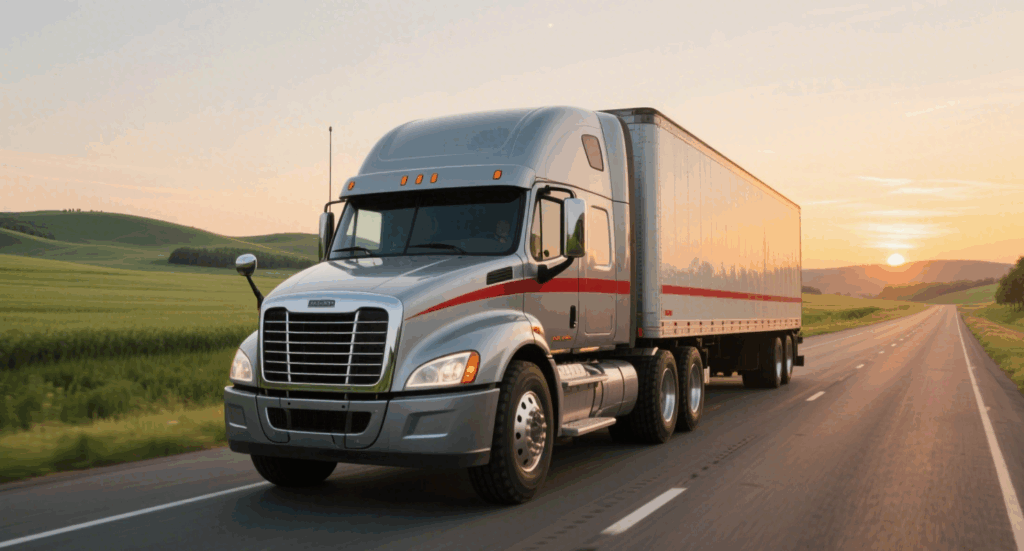Finding the right freight forwarder from China to USA is essential for importers navigating customs, high costs, and unpredictable schedules. Consequently, businesses often seek reliable partners to reduce risk, save money, and ensure timely delivery. This guide explains costs, transit times, documents, and real shipment cases so you can optimize logistics effectively.
What Does a Freight Forwarder from China to USA Do?
A freight forwarder manages transportation, documentation, and delivery between China and USA. They simplify logistics by coordinating each step of the process.
Key Services Provided
- Cargo pickup from factories in Shenzhen, Ningbo, or Shanghai.
- Export and import customs clearance support.
- Booking space for sea freight, air freight, or express shipping.
- Delivery to Amazon FBA centers, warehouses, or final customers.
Why Importers Rely on Them
Importers depend on forwarders for compliance, lower freight rates, and reliable tracking systems. Moreover, experienced providers consolidate cargo to reduce per-unit cost.
How Much Does It Cost to Ship from China to USA?
Costs depend on the transport mode, cargo size, and port of entry. Accordingly, forwarders negotiate rates and calculate additional charges.
Estimated Freight Costs (2025)
| Route (China → USA) | 20GP (USD) | 40GP (USD) | 40HQ (USD) | Transit Time |
|---|---|---|---|---|
| Shenzhen → Los Angeles | 2,900 | 5,300 | 5,500 | 18–20 days |
| Ningbo → New York | 3,400 | 6,400 | 6,600 | 30–33 days |
| Shanghai → Houston | 3,200 | 6,050 | 6,250 | 25–28 days |
Additional Fees
- Fuel surcharges, customs duties, and terminal handling.
- Documentation costs such as ISF filing and customs bonds.
- Inland trucking from US ports to final destinations.

How Long Does Shipping from China to USA Take?
Transit times vary by shipping method and route. However, proper planning minimizes delays caused by port congestion or customs inspections.
Average Transit Times
| Mode | Transit Time (China → USA) | Best For |
|---|---|---|
| Sea FCL | 18–33 days | Large, bulk shipments |
| Sea LCL | 25–35 days | Small or medium cargo |
| Air Freight | 5–8 days | High-value urgent goods |
| Express | 3–5 days | Small parcels, e-commerce |
Tips for Importers
To avoid delays, book space early during peak seasons and select less congested ports like Oakland or Seattle.



What Customs Documents Are Required?
Proper documentation ensures smooth clearance in both China and USA. Therefore, importers must prepare accurate and complete paperwork.
Commonly Required Documents
| Document | Purpose |
|---|---|
| Bill of Lading (B/L) | Confirms shipment contract and carriage details. |
| Commercial Invoice | Declares cargo value and product description. |
| Packing List | Lists weights, dimensions, and itemized goods. |
| ISF Filing (10+2) | US Customs requirement before vessel departure. |
| Customs Bond | Mandatory for all ocean imports into the USA. |
Compliance Notes
Incorrect or missing documents often result in fines and clearance delays. Forwarders guide importers through customs requirements efficiently.
What Are the Pros and Cons of Each Freight Method?
Choosing the right transport mode depends on balancing speed, cost, and cargo type.
| Method | Pros | Cons |
|---|---|---|
| Sea FCL | Low unit cost, secure, stable rates | Long transit, requires large volume |
| Sea LCL | Flexible, ideal for smaller loads | Slower due to consolidation delays |
| Air Freight | Fast, reliable, great for valuables | Expensive for heavy goods |
| Express | Door-to-door, very quick | Limited cargo size, high cost |
Accordingly, importers select sea freight for bulk shipments and air freight when urgency matters.
Real Case Studies: Freight Forwarder from China to USA
Case 1: Shenzhen → Los Angeles (Electronics)
- Goods: 20GP container of LED panels
- Mode: FCL sea freight
- Cost: USD 2,950
- Transit Time: 20 days
- Outcome: Consolidation saved 22% compared to direct shipping.
Case 2: Ningbo → New York (Furniture)
- Goods: 40HQ container of wooden furniture
- Mode: FCL sea freight + trucking
- Cost: USD 6,600 including inland haulage
- Transit Time: 33 days
- Outcome: Avoided storage charges by pre-booking trucking.
How Can a Freight Forwarder Help Reduce Costs?
Forwarders provide tailored strategies to save money across shipping processes.
Cost-Saving Strategies
- Consolidating LCL shipments into FCL containers.
- Using multimodal solutions combining rail, sea, and trucking.
- Booking during off-peak seasons to avoid surcharges.
- Negotiating carrier contracts for better freight rates.
Thus, companies achieve significant savings by optimizing freight strategies with experienced forwarders.
Should You Use a Freight Forwarder for Amazon FBA Shipments?
Amazon FBA imports require strict compliance with packaging, labeling, and delivery schedules. A specialized forwarder ensures smooth handling.
Why FBA Sellers Benefit
- Provides palletizing and labeling to Amazon standards.
- Manages customs clearance and Importer of Record services.
- Arranges final delivery to designated FBA centers.
Without professional help, sellers risk shipment rejection and increased storage charges.
What Are the Risks of Not Using a Freight Forwarder?
Companies that bypass freight forwarders often face:
- Customs delays due to incomplete documentation.
- Higher costs from unoptimized carrier choices.
- Missed delivery schedules causing penalties or stockouts.
Accordingly, freight forwarders reduce risk by ensuring end-to-end logistics compliance.
Conclusion
Choosing a reliable freight forwarder from China to USA ensures lower shipping costs, faster transit, and smooth customs clearance. Furthermore, professional partners reduce risks, support e-commerce growth, and streamline logistics networks. To summarize, importers should always work with experienced forwarders to achieve efficiency and cost control in international trade.
Request a Quote
Need a tailored solution for your shipping from China?
Let TJ China Freight Forwarder assist you with reliable, cost-effective service.
FAQs
Q1.How can I calculate landed costs for China to USA imports?
Use a landed cost calculator including freight, duties, insurance, and inland transport for accurate estimates when importing from China.
Q2.Do freight forwarders handle dangerous goods shipments?
Yes, licensed forwarders manage hazardous cargo with certified packaging, documentation, and regulatory compliance for safe international transport.
Q3.Which Incoterm is most cost-effective for small importers?
FOB is cost-effective for small importers, as suppliers cover origin costs while buyers manage freight and customs clearance efficiently.
Q4.Can forwarders assist with customs bonds in USA?
Freight forwarders arrange continuous or single-entry customs bonds, ensuring compliance with US import laws and smooth clearance procedures.
Q5.What seasonal surcharges affect freight rates from China?
Peak season surcharges occur before Chinese New Year, Golden Week, and Christmas, increasing costs due to high cargo demand.

